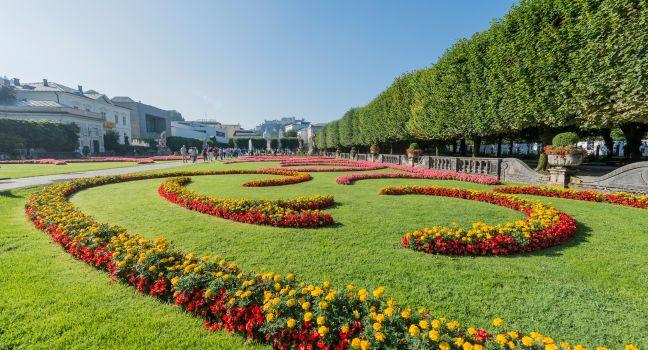Marionettentheater
The Salzburger Marionettentheater is both the world's greatest marionette theater and a surprisingly sublime theatrical experience. Many critics have noted that viewers quickly forget the strings controlling the puppets, which assume lifelike dimensions and provide a very real dramatic experience. The Marionettentheater is identified above all with Mozart's operas, which seem particularly suited to the skilled puppetry. Their repertoire extends to Rossini (The Barber of Seville) and Strauss (The Bat), among others, as well as numerous fairy tales. The Sound of Music has also been performed here since 2007. For children, the theater recommends its one-hour afternoon performances, usually shortened version of their headline shows. All productions are accompanied by historic recordings and are subtitled in several languages. The theater itself is a Rococo concoction. The company is famous for its world tours but is usually in Salzburg during the summer and around major holidays.




